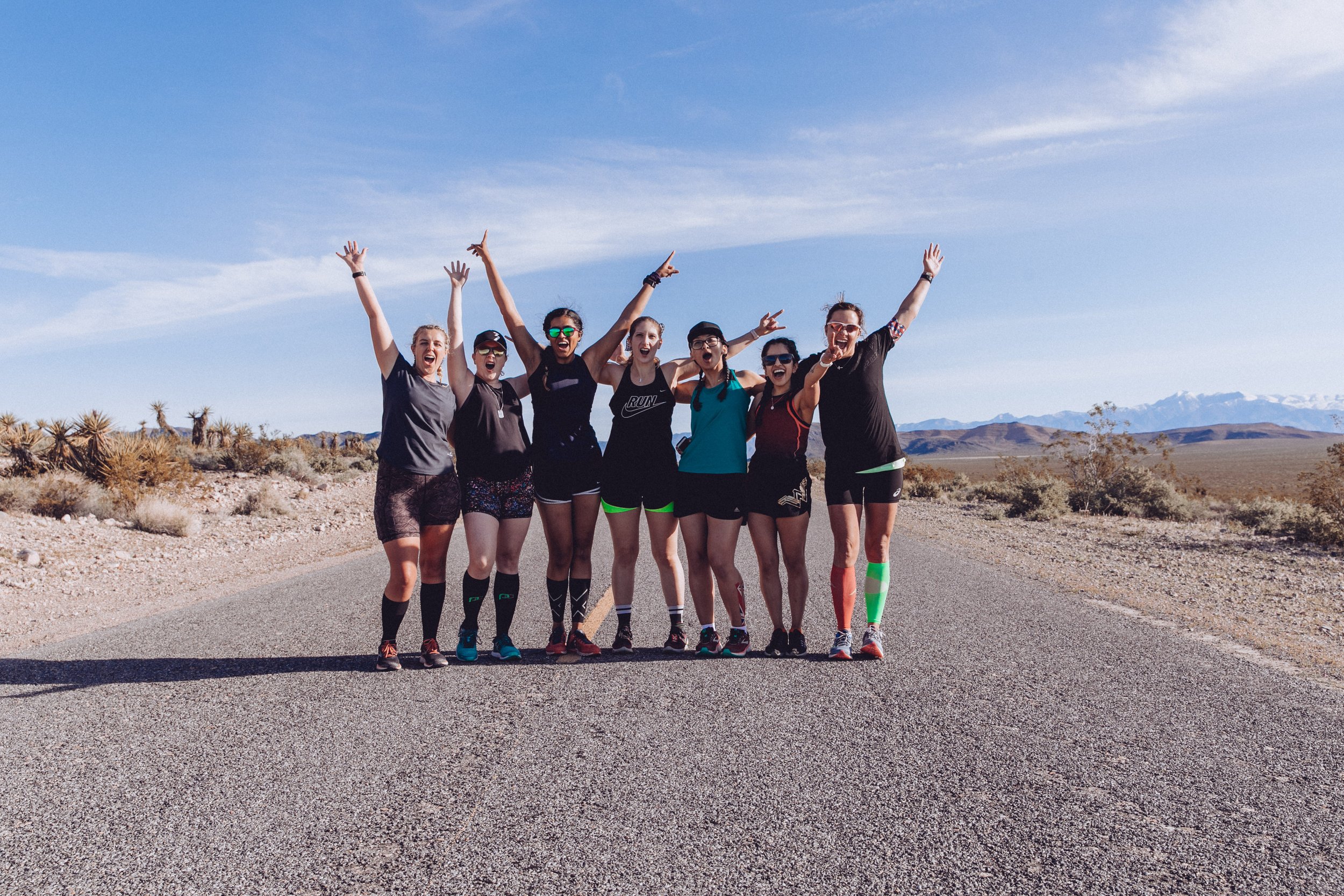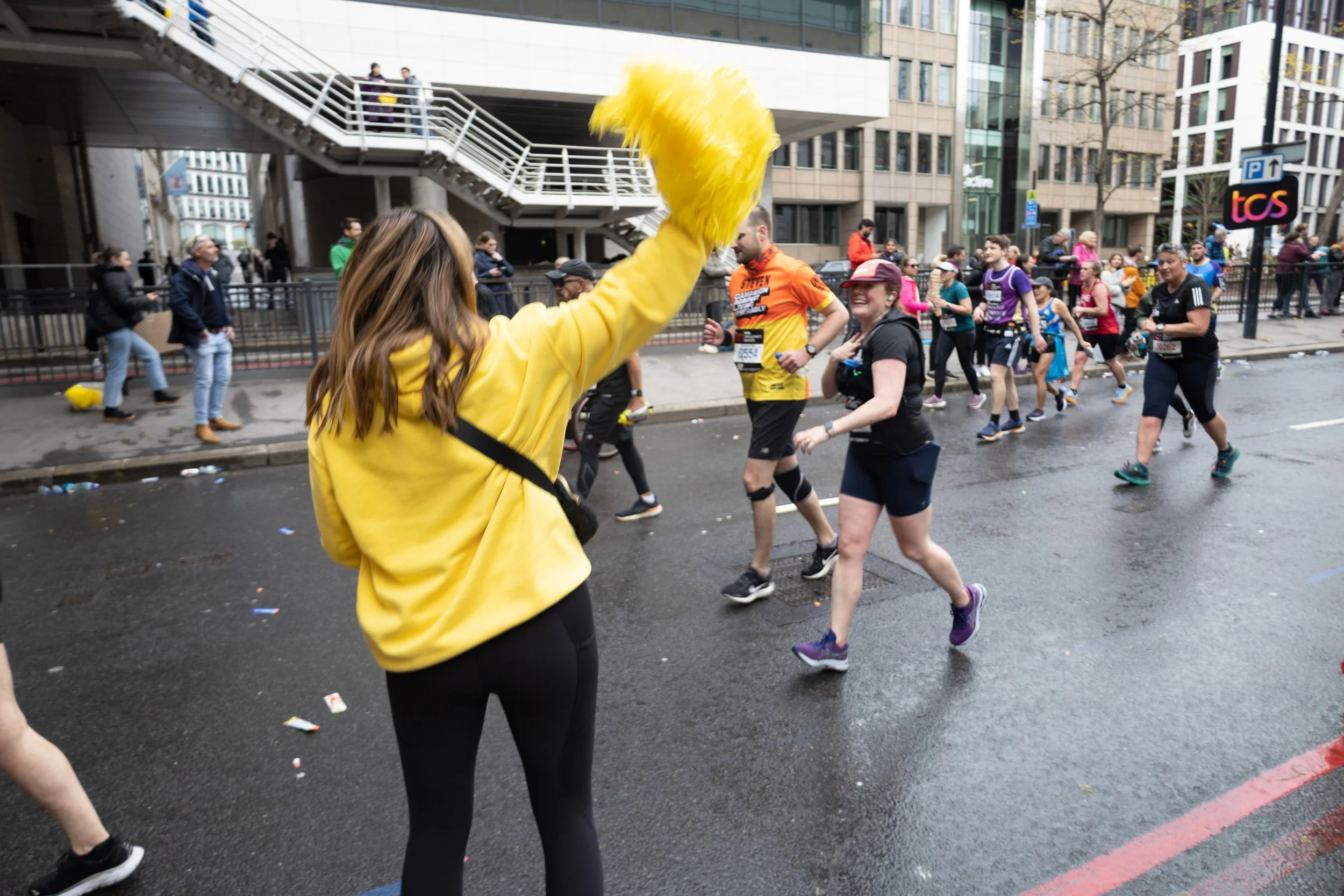How To Warm Up After A Cold Swim
I am extremely smug about the fact that I live 5 minutes walk from my local Lido. My proximity means I never have to struggle out of a wet swimming costume by the side of the pool or experience the unexplained ickiness of the shower floor, no I can just nip home to warmth and comfort.
Through the summer season I was living the dream, I could walk home from the pool in my cossie and shorts and I’d be dry by the time I go through the door. These days things are a bit different, as the temperatures have dropped I’ve been faced with the challenge of learning how to warm up after a cold swim, efficiently and safely.
Photo by sergio souza on Unsplash
Afterdrop
Cold water swimming isn’t without it’s risks, and those risks aren’t just in the water, once you get out you’ve got to be careful too.
Afterdrop is pretty common, you’ve been for a swim and everything is great, but once you get out you start feeling a bit ‘funny’. Maybe you’re faint or perhaps you’re shivering, but overall you’re not feeling too well. You might know the feeling, I know I do.
Afterdrop is a result of our physiological response to being in cold water. When we swim our bodies shut down the circulation to our skin allowing warm blood to pool in our core so that we can keep swimming for longer because reduced circulation essentially turns your skin and sub-cutaneous fat into a thermal layer. It’s a pretty awesome process if you think about it! However, there is a catch, as you warm up the process reverses and blood moves away from your core to your extremities. During this process you could lose up to 4.5 degrees celsius from you core (Golden and Tipton, 2002) leading to shivering, hypothermia, faintness or a general sense of feeling unwell - all pretty nasty.
Photo by sergio souza on Unsplash
Warming Up
Avoiding afterdrop is all about warming up sensibly.
don’t rush it - while it might be tempting to jump straight under a hot shower after a cold swim it might actually make you colder. The heat will draw the warm blood from your core faster than it would otherwise, meaning that you’ll become colder faster and you’re more likely to feel faint as your blood pressure drops with your temperature.
work top down - dry off and get dressed immediately starting from the top. Dry your swimming cap and pop on a woolly hat before layering on thermals and cosy layers (fleece and wool work best). If you’ve got a DryRobe throw it on.
remember you’re not a runner - foil blankets only work when you’re already radiating heat and you’re not going to be radiating heat after a swim. If you want to wrap yourself in something opt for a cosy wool blanket.
work from the inside out - having a hot drink to sip on post swim makes a world of difference! For me it’s coffee, but tea and hot chocolate are also great choices.
sweet treats - sugar helps raise your body temperature, if you’re not in the market for sugar in your tea of a hot chocolate consider another post swim treat, it’s for the good of your health!
sit down somewhere warm - a car is a great spot because you can turn the heaters up high, otherwise anywhere comfortable and warm will do.
Feeling Unwell
Life rarely goes to plan, and you might end up feeling unwell even if you do take precautions and warm up carefully. Because of this it’s really important to know the symptoms of hypothermia so that you can take action quickly if you spot them:
shivering
cold, pale skin
blue lips
tiredness
confusion
fast breathing
slurred speech
if someone is showing the symptoms of hypothermia make sure they remove any wet clothing, get dried and dressed and wrap them up in blankets. Given them a hot drink and a sugary snack. If symptoms don’t improve call 999.
Another potential complication is chilblaines. These little red bumps can appear if you warm up too quickly. They aren’t generally serious, but they can be itchy and uncomfortable. If you do develop chilblains they’ll probably go away of their own accord and won’t need treatment, but try not to itch or irritate them! If they don’t go away go and see your GP.
Disclaimer; I am not a doctor. All my suggestions are based on my own experiences and research. If you feel you have a medical problem or are in need of professional help please talk to a professional. Always consult a doctor before you start a new challenge.













